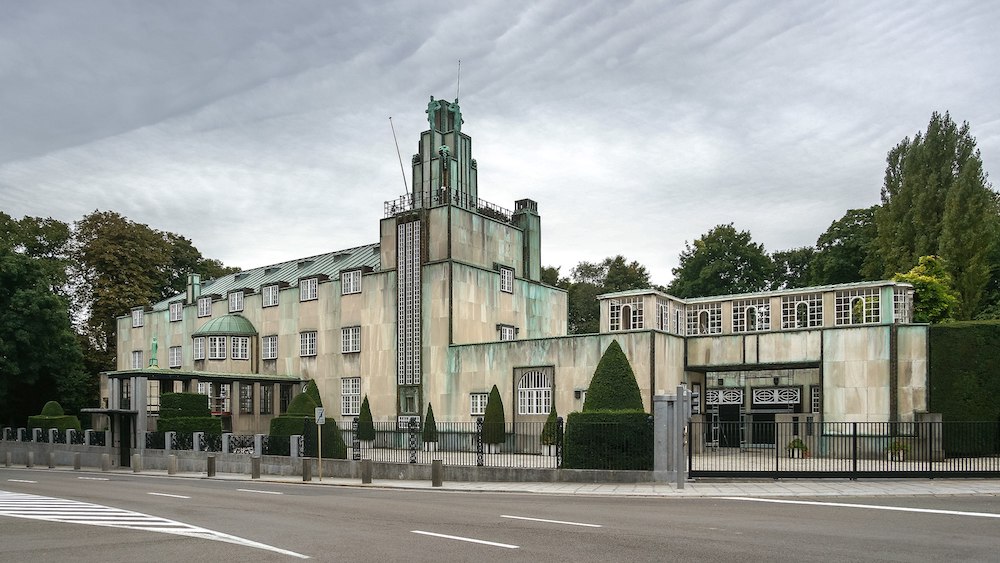In a leafy suburb of Brussels there sits a striking stately home called the Palais Stoclet. Despite being a UNESCO World Heritage Site it has never been opened to the public, and is still owned by the four granddaughters of the man who built it. Few have seen inside; those who have entered suggest that it has changed little since its initial construction – a portal into a forgotten world.
It was commissioned by Belgian financier Adolphe Stoclet, who spared no expense. He employed the pioneering Austrian architect Josef Hoffmann to create a home unmatched in its modernity, its opulence, and its taste.
The result was radical in every way. The exterior is strikingly modern even from a contemporary perspective: imposing, asymmetrical, and clad in marble. Hoffmann’s vision extended far deeper than the structure, though. The interior is opulent almost beyond words, with highlights including sculptures by Franz Metzner, mosaics by Leopold Forstner, and a dining room that features six-metre-long murals created by Gustav Klimt. The palace is often cited as both the first Art Deco house and as an example of a Gesamtkunstwerk, or “total work of art”, blending architecture, art, engineering, interior design and landscape gardening into a seamless whole.
Owning the house has seemingly become a burden for Alphonse’s granddaughters. In 2006 three of the four went to court in an attempt to agree a sale of the house or at least some of its contents. But the court ruled that they must remain together as an indivisible whole; the Stoclets’ ownership of the house as property was less important than humanity’s collective ownership of the house as a work of art – albeit a work of art that few people have ever seen.
